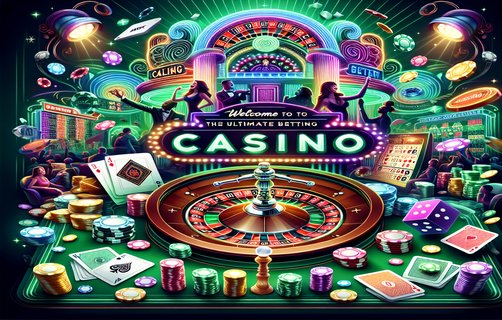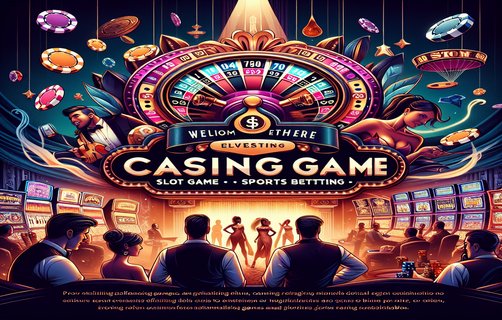An Economic Exploration of Casino Dynamics: The Case of SATA Matka Madhur Com
The world of gaming has evolved tremendously over the past few decades, with a wealth of options available to players. One such avenue is the concept of SATA Matka, a popular form of gambling that blends excitement with an intricate system of betting. The player experience in this realm resonates with adventure themes reminiscent of the legendary **Arabian Nights**, where fortune and misfortune dance in an elaborate tapestry. This analysis will unravel the intricacies of the player experience in SATA Matka, focusing on contemporary trends such as new casino openings, casino closures, and the expanding presence of casinos in Asia.
When engaging in the SATA Matka experience, players find themselves enthralled by the allure of chance and the promise of unprecedented rewards. The adventure themes embedded in the game echo the tales of **Arabian Nights**, where each spin or bet can lead one closer to great discovery or dramatic loss. The elemental randomness of chance production and its underlying probability mechanics can be closely tied to economic theories that emphasize risk versus reward, heavily influenced by the player's cognitive biases and perceptions of luck.
As the digital era continues to rise, a significant trend is the **downloadable casino** applications that bring the thrill of the casino directly to users’ fingertips. This innovation is rapidly changing player preferences and behaviors, allowing for a seamless and instant access to gaming opportunities. From an economic perspective, this model significantly lowered the **transaction costs** associated with playing at physical casinos, thus transforming the consumption patterns of players. Notably, the faster loading times of these online platforms not only enhance user experience but also cater to the modern consumer demand for immediate gratification.

However, the rise of online casinos has not come without its challenges. With the proliferation of casinos and gaming platforms, the industry has witnessed several **casino closures** due to over-saturation and regulatory limitations imposed by local governments. Economic indicators play a critical role here, as the closures often stem from lower demand in certain markets or failure to adapt to emerging trends in player preferences. Analyzing this phenomenon through the lens of disequilibrium models can reveal how shifts in player behavior directly correlate to broader economic shifts.

Conversely, the landscape is brightened by **new casino openings**, which often mark an optimistic forecast for the industry. This trend hints at a robust demand in forms of entertainment, showcasing the resilience and adaptability of the gaming economy. New casinos frequently offer innovative gaming experiences, captivating themes, and attractive bonuses to capture the attention of a diverse player demographic. Viewing this from an economic growth framework suggests that these openings can stimulate local economies by creating jobs and driving tourism.
The growing presence of casinos in **Asia** also deserves attention. Countries like Singapore and Macau have transformed their cities into luxurious gambling hubs, reflecting a significant investment in tourism and entertainment. The burgeoning interest in gaming shows a marked shift in regional economic structures, where leisure activities are becoming increasingly intertwined with local revenue streams. This geographical economic analysis highlights how the casino sector serves not only as a source of entertainment but also as a critical driver of national economic development.
In summary, the SATA Matka experience serves as a microcosm of the broader gaming economy, characterized by unpredictable adventures akin to **Arabian Nights**. The interplay of new and closed casinos, the rise of digital platforms, and the expansion of gaming in Asia all represent critical facets of this dynamic field. Conducting an analysis from multiple economic angles reveals that while players engage for entertainment, they also navigate a complex market that reflects significant shifts in consumer behavior and economic resilience. As this area continues to evolve, ongoing examination will be essential for understanding the intricate tapestry that defines modern gambling.
